Interview: Johanna Friedman
Conceptual artists works with textile based sculptures and 2-dimensional pieces.

Johanna Friedman is a Swedish American conceptual artist who works with textile based sculptures and 2-dimensional pieces.
Her work has been shown in numerous art galleries and museums around the world, including the Norgwegian Hordaland Kunstsenter, the Regina Rex in NYC and The Swedish Embassy in Washington DC. Her work is in 3 national collections in Sweden, among them the Malmö Museum of Art.
I had the pleasure of visiting her studio in the Bayview district of San Francisco and learning more about her process, past work and new directions for a large public art commission.
RAP: So this is your fancy machine that you use in the production of your art?
Johanna: Indeed - this is my fancy machine that I’m currently threading. It’s a long process where I warp on, pull all the threads to the front and then thread them through each heddle one by one. When you prepare the warp on the loom you have to pull all the threads through in a specific order so that it matches the order of the pattern in the computer.
This machine is manufactured by Digital Weaving Norway, a company based in Tronrud, so I had it shipped all the way from there. It’s a loom that was developed by Vibeke Vestby who is a weaver and professor from Oslo. She partnered with Tronrud Engineering to develop this jacquard loom that is based on computer technology.
Some design studios use it to develop prototypes for fabric, but more and more artists seem to use it now to make intricate weavings. Since it’s still operated manually it’s not really a good tool for mass production, but it suits making one-of-a-kind pieces really well.
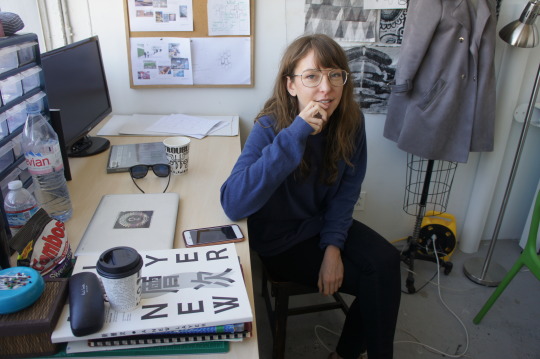
Johanna Friedman in her studio
When did you first start using this machine in the production of your media?
Johanna: I never really liked weaving before because I thought my results looked too monotonous. It also takes a tremendous amount of time to set up a loom and I didn’t think it was interesting enough.
However, when I started at CCA I had Lia Cook, who is a pioneer in the world of woven Fine Art, as my main advisor the first year and that was the reason I got into it. She was the first in the world to explore jacquard weaving as a Fine Arts practice. Before that it was considered only to be a tool for design or craft. I was screen printing a lot at the time, working with photographic imagery, and I started realizing that weaving was a new way for me to translate images into textiles. The process also appeared more sophisticated and complex - different than the other media I was working in and it allowed me to work with the textile surface in a more hands-on way.
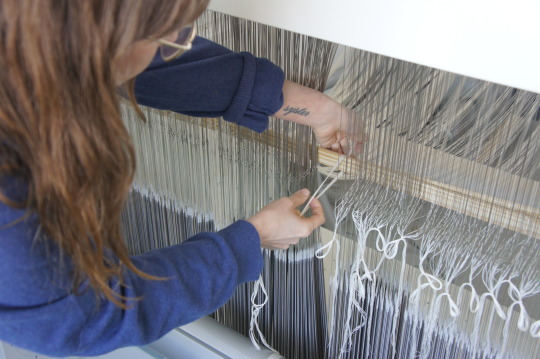
RAP: It is awesome and I think it adds a layer of physical limitation to reproduction. It adds a special hand touch that is unique and adds value to the image. Have you seen the tapestries of the porn imagery by Erin Riley.
Johanna: Yeah I think her work is great! I follow her on Instagram.
RAP: She seems to be part of this “internet” art. Do you think your work fits into that category? The use of found images produced from a digital medium into IRL (In Real Life) -I think you mean “In Real Life” here?. Your work seems to elude and evoke that movement as well. It seems like you want to materialize images / part of the internet into something “real” and physical.
Johanna: I think “internet art” is a weird label since the internet is not really separate from our lives - it’s completely integrated in everything we do. To me, “art about the internet” is, most times, just the same as “art about life”. But I guess in my work I don’t really highlight any specific phenomena that exist only on the internet. I often mix imagery I find online with photos I have taken. I like to blur the lines between personal experiences and public stories or posts that I find on forums and social media.
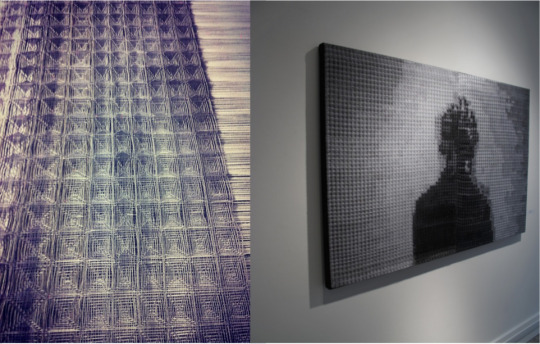
RAP: How do you go about selecting the images? How did you go about choosing these sweaters? Do you stage the photos, edit them?
Johanna: When I found these specific images I was spending a lot of time looking at shelving systems. I guess I was trying to organize my life and spent a lot time looking through catalogs of organizing systems, and I found this kind of product photography to be really pretty. I really liked the aesthetics of the shelves; they almost looked like postmodern paintings to me, with their pastel colors and hard lines, grids and shapes.
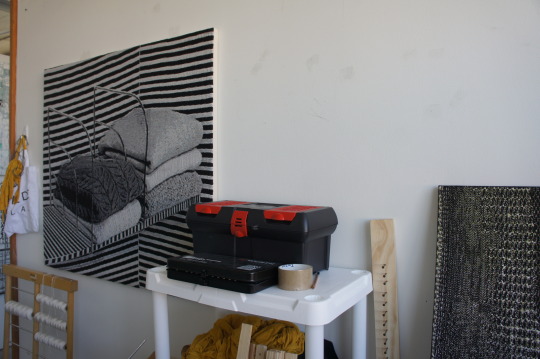
RAP: So these shelves are a metaphor for your life?
Johanna: I was just a bit obsessed with the concept of organization, but not really the act of organizing in and of itself. My art is usually not super literal. Instead I have a lot of ideas that arise during the production of a collection of pieces.
The thoughts for this project started when one of my visiting friends was appalled at how messy my closet was. I was very stressed about other stuff in my life at that moment, and I guess the extra pressure was sort of the last straw… I thought about everything I already “had to do” - go to school to get a degree, be a good person, a good friend, work on my art while still making money, being healthy and trying to live up to this weird ideal of who one should be as a woman - there are all these things one needs to do and then I was like “and now I need to organize my closet too”…
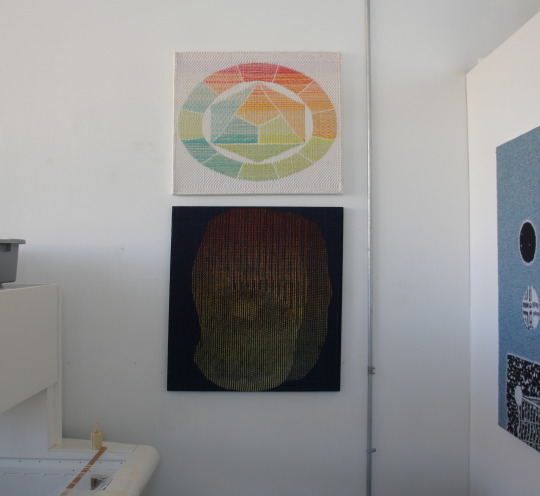
RAP: It’s funny even in this piece it goes back to the metaphor that I see of your attempt to organize in your life thru this art process. Its like you are responding to your friend with your art - “here is my organized closet.”
Johanna: Yeah I think I organize constantly as a method within my art. It’s something I put a lot of energy into… Unfortunately I don’t put as much effort into organizing my practical life…or my closet.
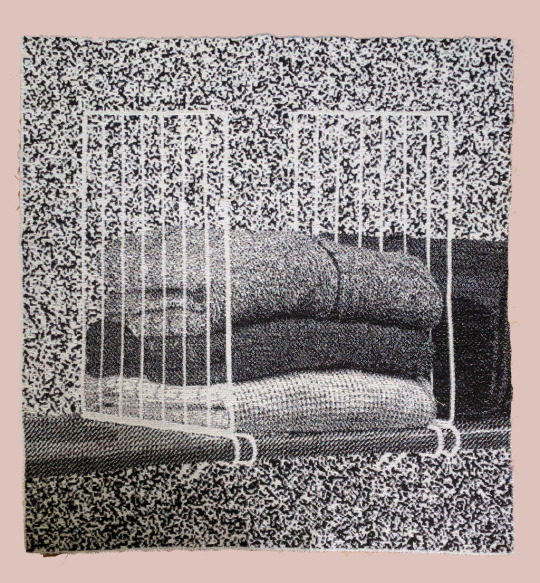
RAP: Interesting - I think a lot of creative people have very messy work spaces and there is an organization in that chaos.
Johanna: I just cleaned my studio. It was just crazy before. Boxes everywhere.
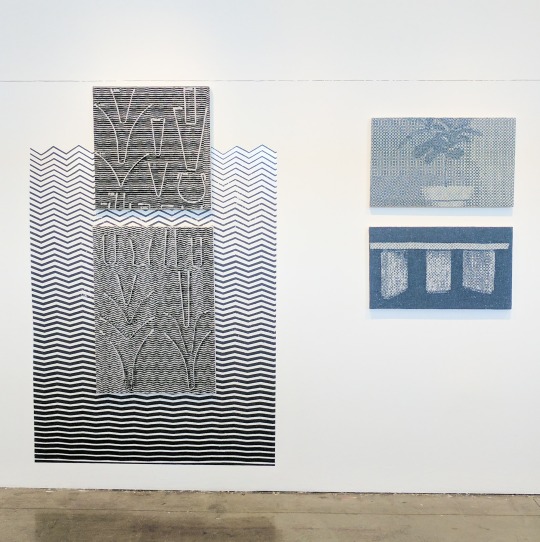
RAP: Tell me about this figure is this mannequin used in your art? Your studio looks a little bit like a fashion studio with the weaving machine, the textiles, and the mannequin.
Johanna: I am schooled in pattern construction and tailoring based on this Danish grading system. I used to have my own small clothing company before I moved to California and I freelanced at H&M in print design a bit. So I used to be really into fashion before but eventually I fell out of it cause I didn’t enjoy working with it enough, I think.
RAP: It’s interesting because now you are still skirting around the edge of that world in your art practice…
Johanna: Totally. It’s like a metaphor for people. When you see clothes without people you imagine a person, it always alludes to the human shape. In my older works I made a lot of clothing-based sculptures. I usually make things that might look like clothes but aren’t.
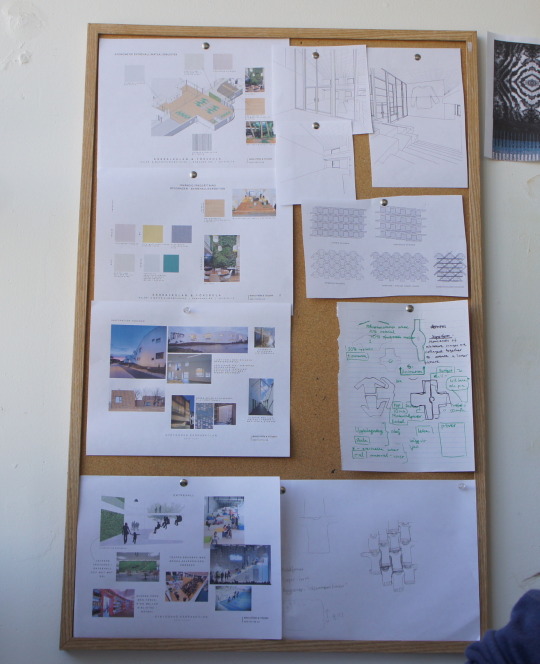
RAP: Do you think you’ll return to that world more? Return to a sculptural 3d world from the textile 2d pieces you’ve been making.
Johanna: I would like to work more with sculptural pieces, but commercially and even for storage, working with flatter pieces has just been easier. It’s also been easier to sell 2D pieces.
I am however working on a commission for a school in Gothenburg, and that is going to be a sculptural piece. I got commissioned by the city to make a permanent installation for a school that’s being built. I’m meeting with the architects, the representatives for the city and the art consultant who is representing me next week to present my idea. I’m planning to make a large woven piece - a sculptural sweater that will be made up of smaller individual sweaters. A kind of super form.
It’s a permanent installation in a school auditorium which is going to be a tiered hall with steps, similar to the one they have at the Berkeley art museum. The school will be finished in 2018 and I’m one of 4 artists the city has commissioned to make public installations for it. I was offered a large wall and I’m excited to be working with something that big in scale.
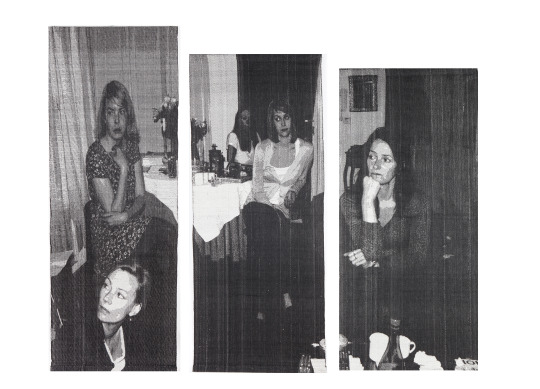
RAP: Walk me through how you won the commission?
Johanna: The art consultant actually just called me directly to ask if I was interested in doing it. She had previously purchased a piece from me for the city, it was from a show I had about 3 years ago in Gothenburg, so that’s how she knew of me. I was, of course, thrilled!
RAP: This sweater reminds me of a giant suit made by Walter Van Beirendonck. It’s a giant suit and people love the scale. They stand next to it and take photos. Something about the scale is so positive. People love giant out of scale items and I think your sweater project continues in topic.
Johanna: Since I was given such a big wall I of course wanted to explore the scale, and it’s something I’ve also thought about when it comes to art in public spaces. I like the idea of having it evoke a moment of awe, even for a second, and the feeling of being hit by something unexpected. I realized when I go to see art with my niece, who is 5, she’s always struck by things that are unexpected or that seem out of place. Children are also often more open to the unusual.
I also had this idea that I didn’t want to make anything abstract with this installation. I remember a lot of public art being abstract and decorative, and that I didn’t like that so much when I was little. I knew I wanted to do something figurative and it was also very important for it not seem out of place, being that it was in a school for small children. It’s important to me to that the audience of the kids will be able to digest and describe the work easily - like “look mom they installed a giant sweater at school.”
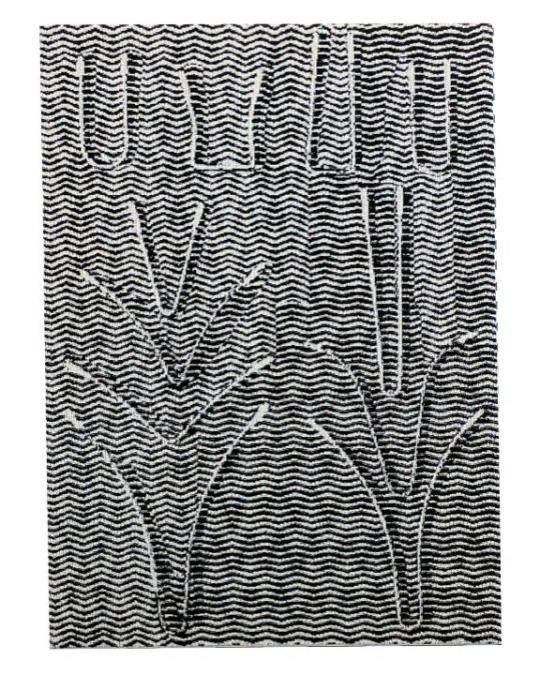
RAP: Considering the current climate - you could read this through a political lens - the commission is very positive, warm feeling - it literally is the sweater to me - the feelings it creates a sense of unity, building teamwork, a positive world. It’s very optimistic and maybe a counter to the current political feeling.
Johanna: My intention with this piece was never to make a political statement. I think it should be open to interpretation and the more I work on it the more I start seeing other layers to read it from. The most important element to me is to see it from the kids’ perspective and I’m very excited to work with this new audience. The art world can be exhausting sometimes so this is a nice change - it feels as a much more important project to be working on right now.